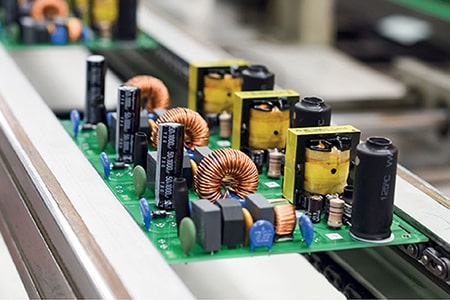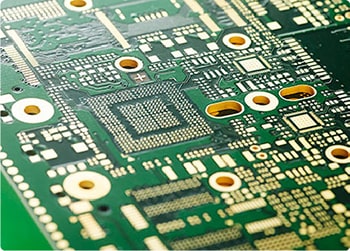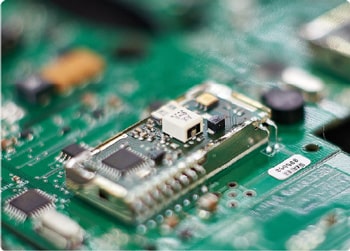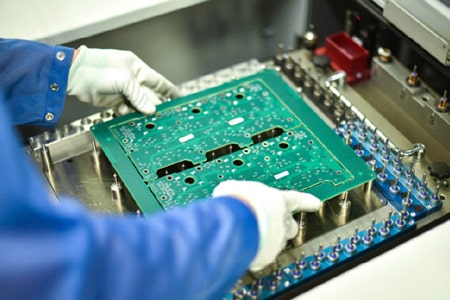Cable Assembly Guide: What You Need to Know Before Starting Your Project
Cable assemblies are essential for stable and efficient connectivity inside electronic equipment. From home appliances to automotive systems and industrial machinery, the right cable assembly ensures signal integrity, safety, and long service life. However, designing and sourcing a suitable assembly requires careful planning and professional support.
This guide will help you confidently start your next cable assembly project.
1. Start With Clear Application Requirements
A reliable design begins with a clear understanding of where and how the cable assembly will be used:
- Electrical Requirements – voltage, current, impedance
- Signal Type – power, high-speed data, RF, or mixed
- Operating Environment – temperature, dust, chemicals, vibration
- Flexibility Needs – routing space and dynamic bending
The more detailed your requirements, the fewer revisions needed later.
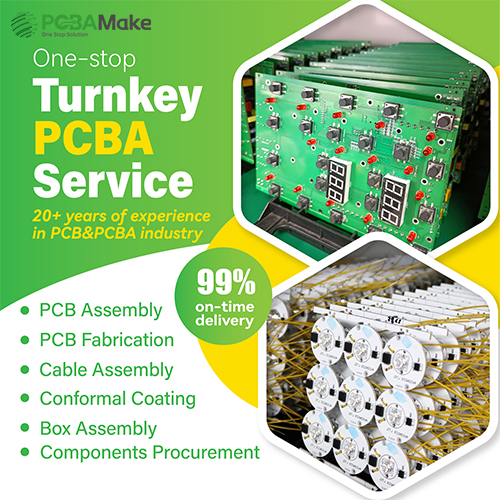
2. Choose the Right Cable & Connectors
Different industries rely on different cable structures and connector standards. Common choices include:
- Power & Battery Cables
- Coaxial Cables for RF and antenna systems
- Ribbon Cables for compact electronics
- Signal Cables such as USB, HDMI, LVDS
- Custom Wire Harnesses for multi-route designs
Connector brands and certifications also play a role in long-term quality and global compliance.
3. Consider Insulation and Shielding
To ensure safety and stable transmission, pay attention to:
- EMI shielding for high-speed data environments
- Reinforced insulation when safety standards demand it
- Durable jacketing for outdoor or industrial applications
Material decisions directly affect lifespan and performance.
4. Select Proper Assembly Techniques
Manufacturing methods depend on the product’s functional and mechanical requirements:
- Crimping
- Soldering
- Over-molding
- Wire bundling and sleeving
- Automated assembly for large-scale production
A strong, consistent connection is critical to long-term reliability.
5. Quality Tests You Should Expect
Stable cable assemblies must pass strict inspections and tests, including:
- Continuity and Hi-Pot testing
- Pull-force testing
- Visual and mechanical verification
- Functional testing based on end-use conditions
- A complete QA system ensures zero-defect delivery.
6. Streamline Your Supply Chain With One-Stop Service
Working with a professional one-stop manufacturer allows you to focus on your product — not the sourcing work. We support:
- Engineering & DFM review
- Cable design and connector selection
- Material procurement with traceability
- Prototyping to mass production
- Full assembly, labeling, packaging, and testing
- Certifications including UL, RoHS, ISO
One partner. One process. From concept to shipment.
Cable assemblies may seem like a small component — but they carry big responsibility. A well-designed assembly strengthens product reliability and reduces maintenance costs.
If you’re planning a cable assembly project and need expert engineering support, fast turnaround, and one-stop manufacturing, our team is ready to assist.
Send us your drawings or samples — and we’ll take care of the rest.

